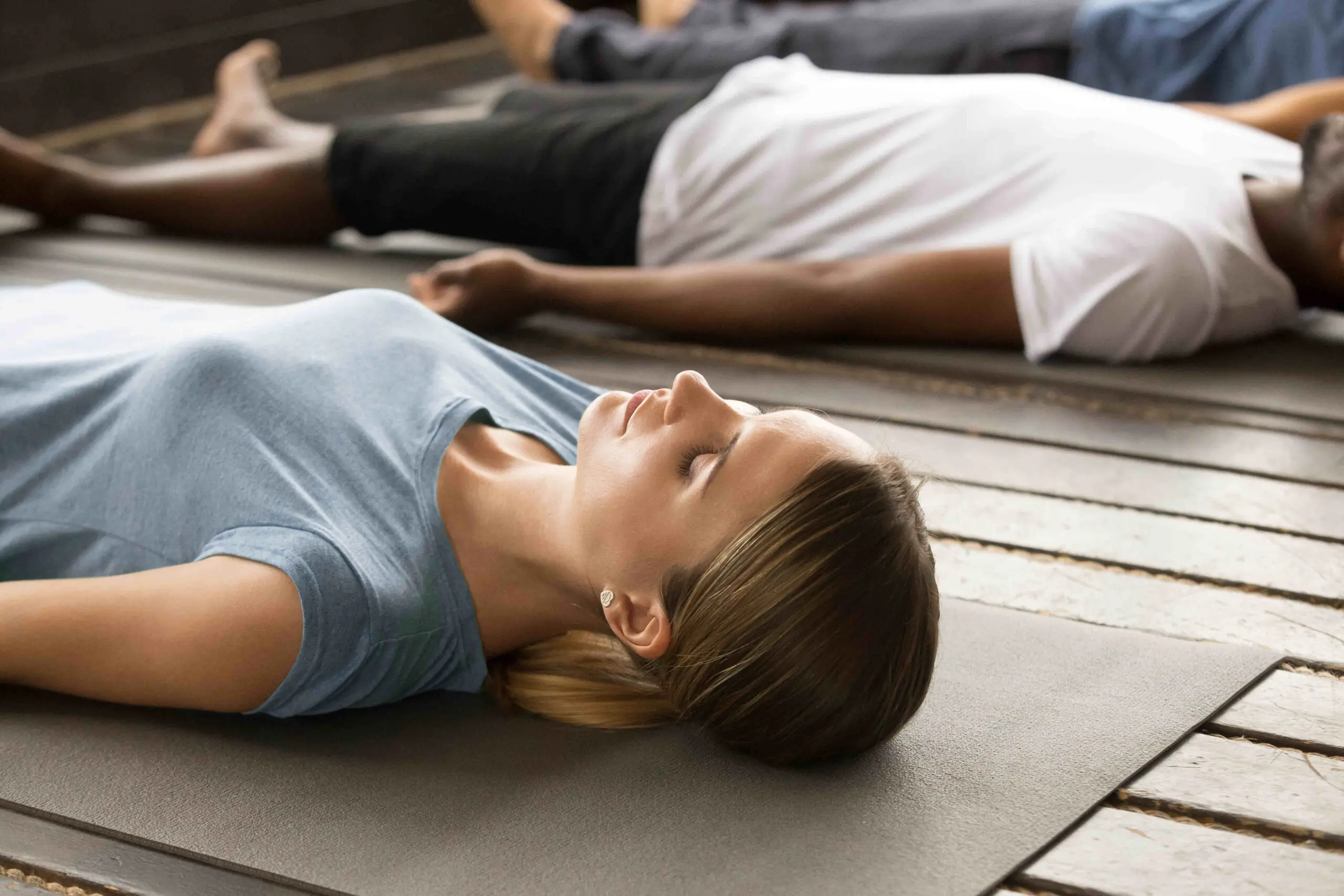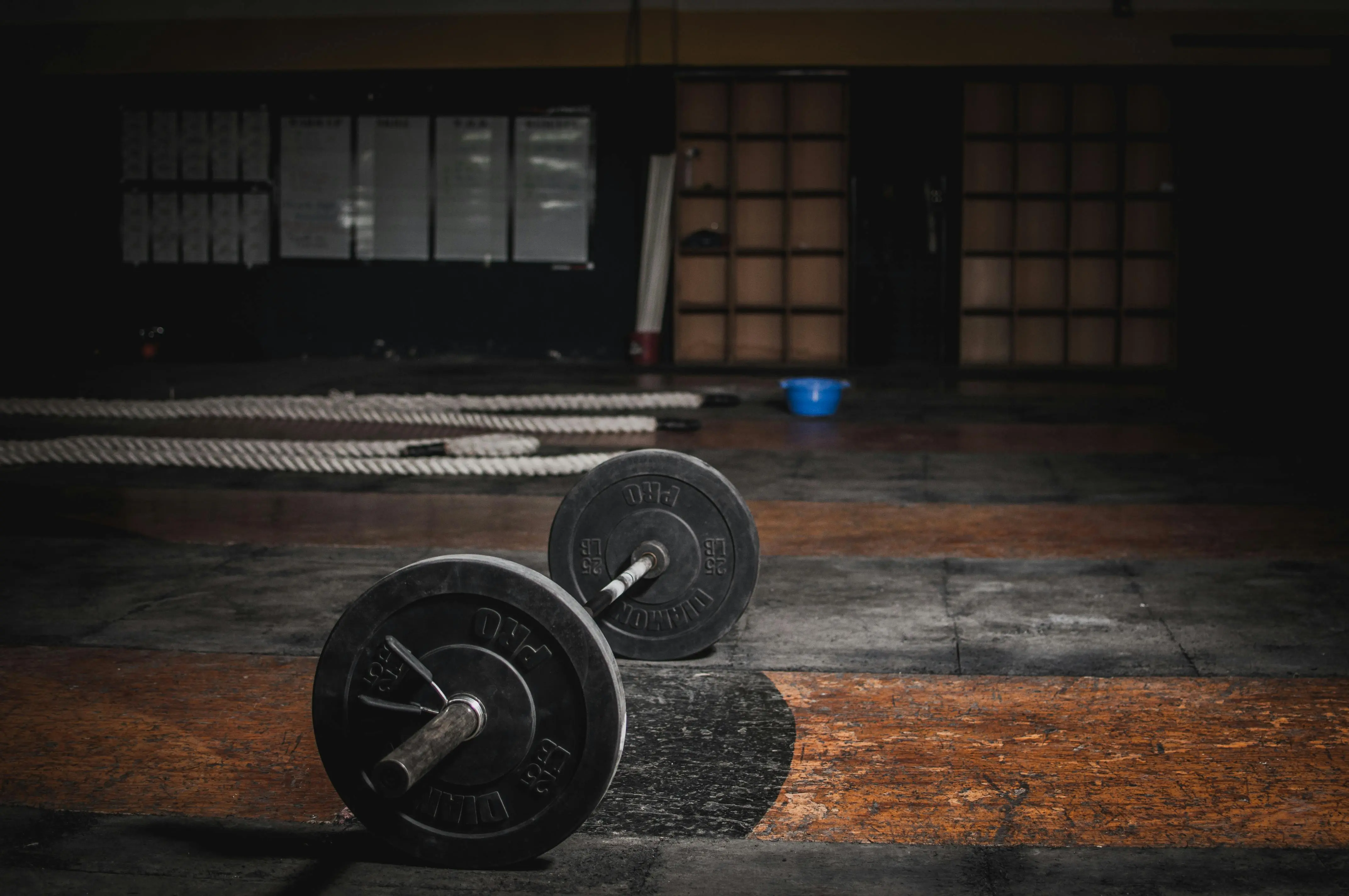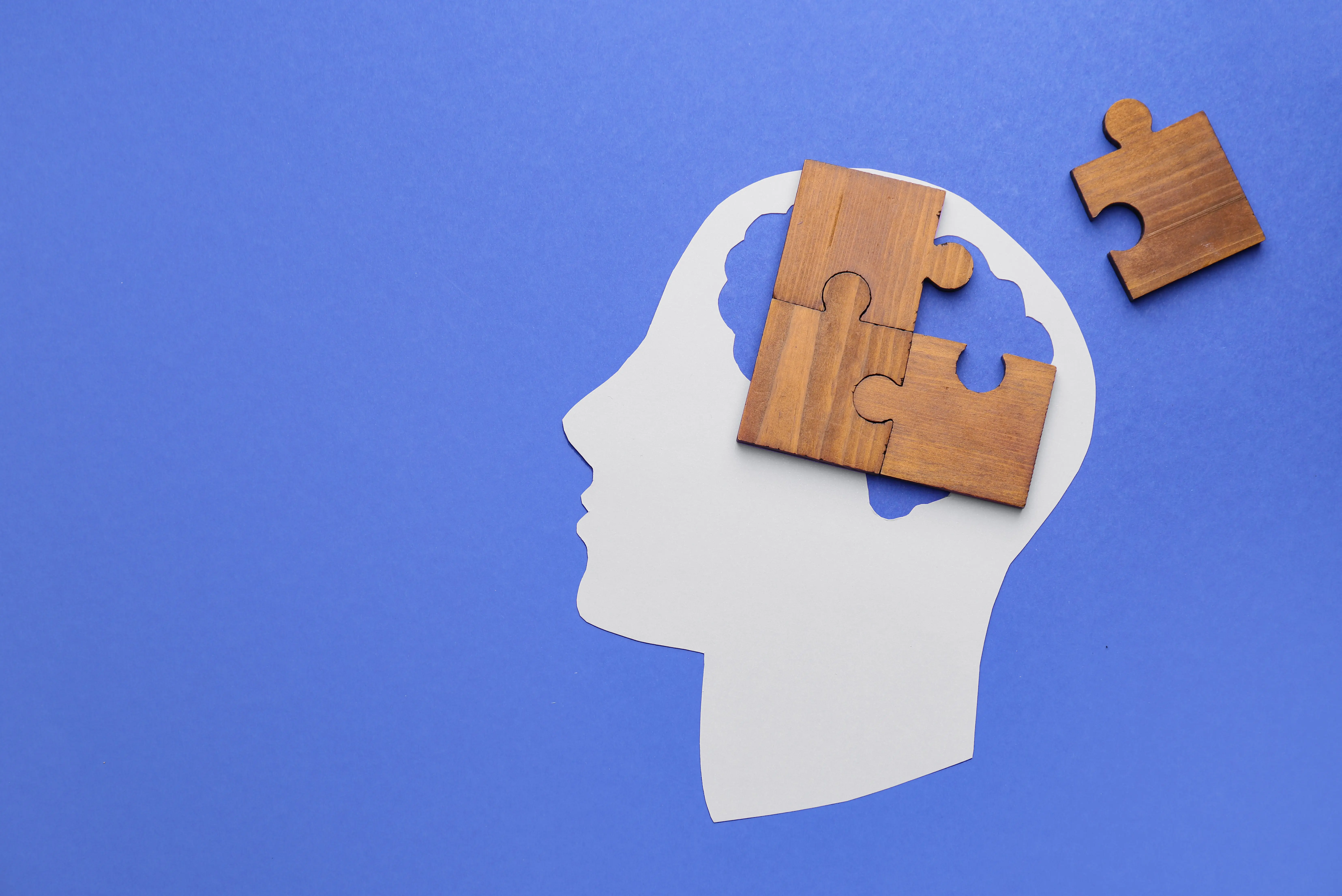When we are under stress or time pressure, we involuntarily tense our muscles. The result: tension that can sometimes lead to severe pain. Many have forgotten how to recognize such tension.
Sometimes we only notice late in the evening, when the tension subsides, what effects the stress had on the body. In these moments, everything feels incredibly heavy – the shoulders, the neck, the head.
Progressive Muscle Relaxation according to Jacobson
The American doctor Edmund Jacobson discovered that stress or anxiety leads to a reflexive tension of the muscles (sympathetic reaction of the autonomic nervous system) – conversely, relaxing the muscles leads to a feeling of calm (parasympathetic reaction of the autonomic nervous system).
He then developed Progressive Muscle Relaxation in the 1930s, also known as Progressive Muscle Relaxation – or PMR for short. It's called progressive because it gradually involves different muscle groups (from the English 'progressive'). Today, PMR has established itself as a widely used relaxation method.
Intensive muscular relaxation is supposed to counteract a stress reaction. If the body is relaxed, it leads to a relaxed mind. Relaxation is achieved by tensing and then relaxing various muscle groups successively.
Applications of Progressive Muscle Relaxation
PMR is used, among other things, for anxiety disorders, stress, Sleep disorders , headaches, high blood pressure, and back pain. It is also used in behavioral therapy, childbirth preparation, and dentistry. The effectiveness of the method is considered proven.
In a meta-study at the end of the 90s, several studies on Progressive Muscle Relaxation were evaluated. In 75% of them, significant symptom improvements were found, and in 60% improvements in general well-being were noted. Due to the effectiveness of relaxation according to Jacobson and because it is relatively easy to learn, the relaxation method is considered the most suitable for clinical practice.
The PMR should not be used for the following complaints and diseases:
- Severe depression
- Acute psychosis
- severely lowered blood pressure
- certain diseases of organs
In cases of great fear of illness, a tendency towards compulsions, panic disorder, and problems with reality perception, it should be carefully considered whether progressive muscle relaxation is the right method, as increased body awareness can lead to anxiety.















